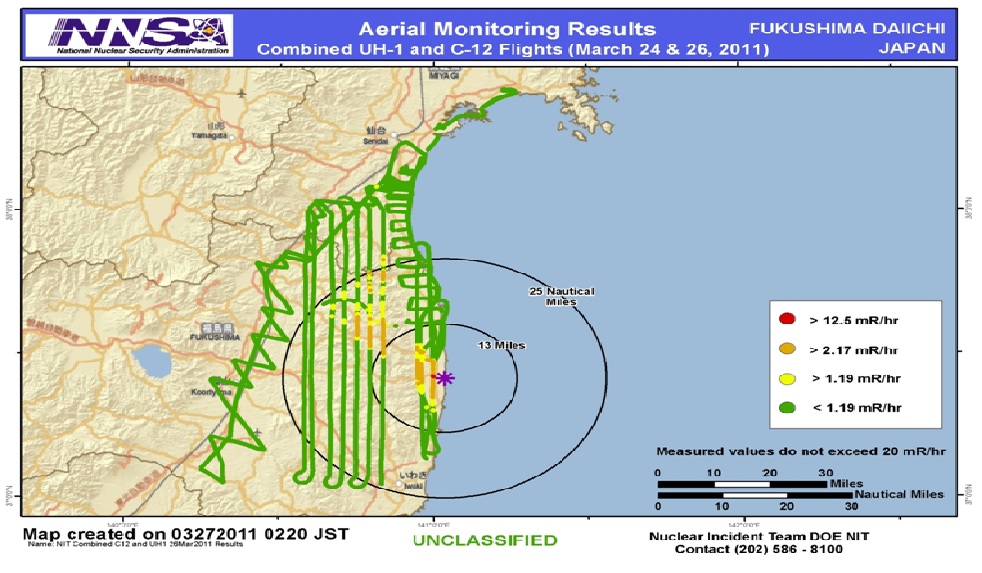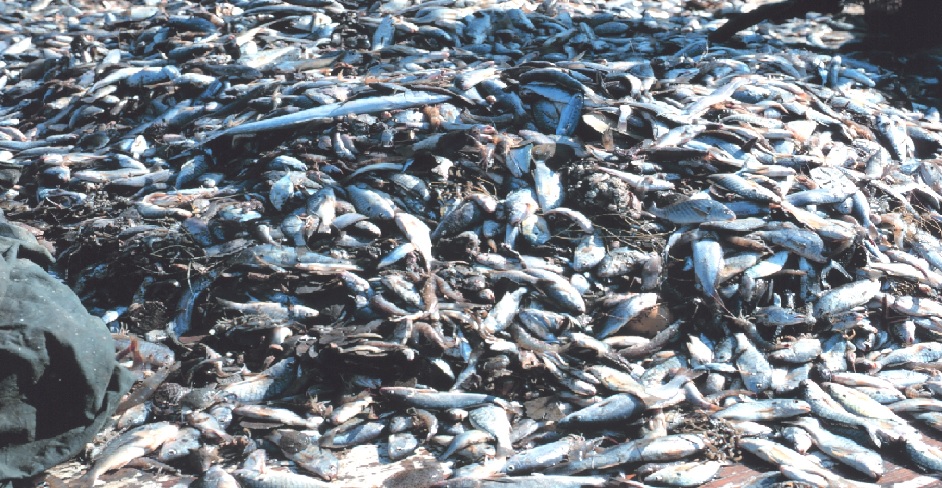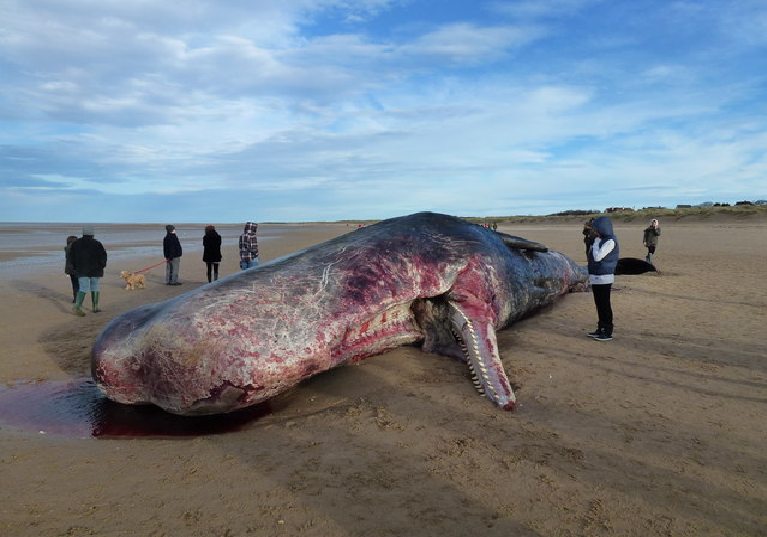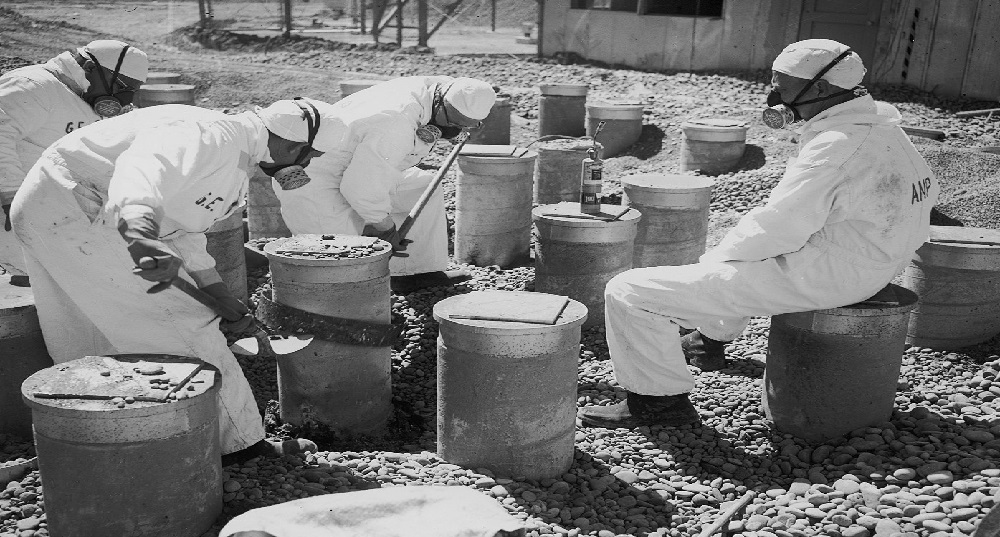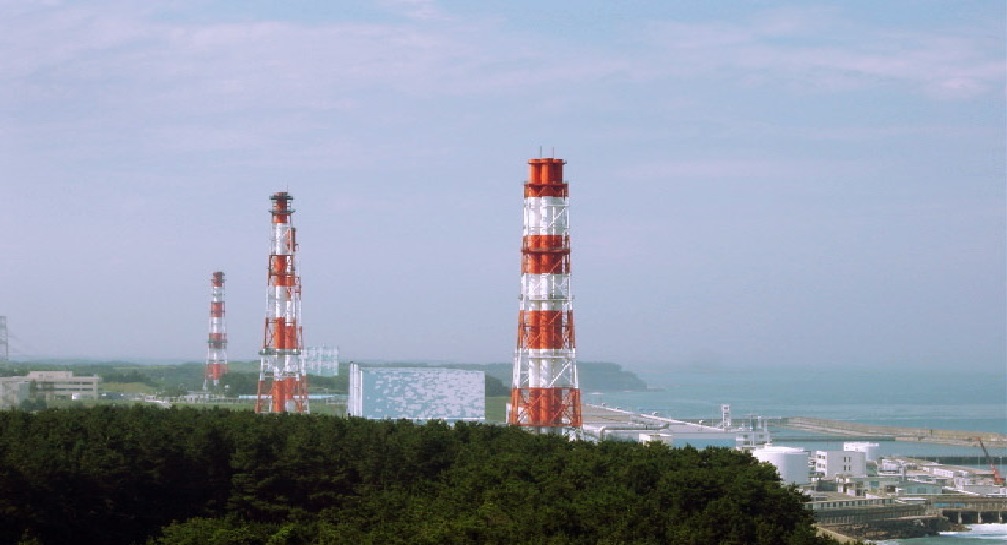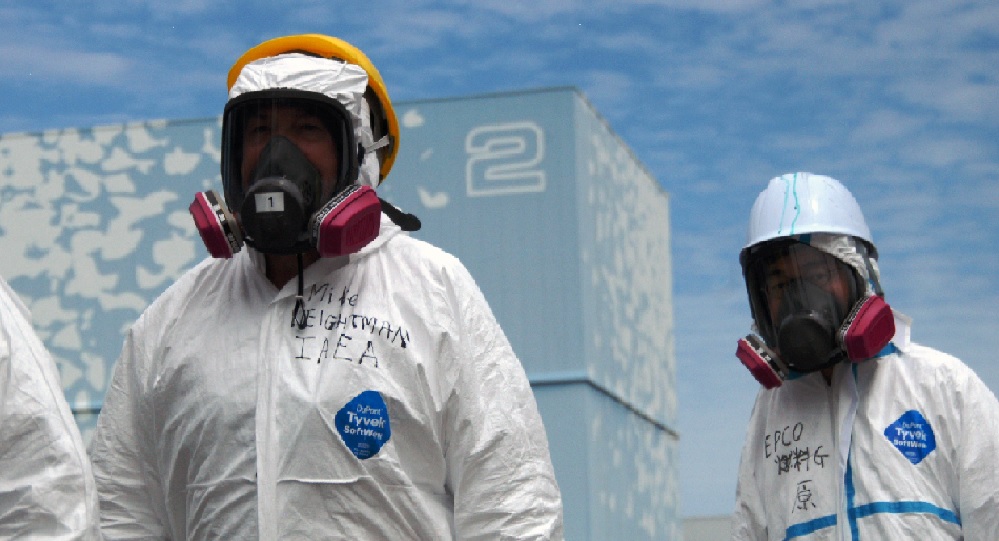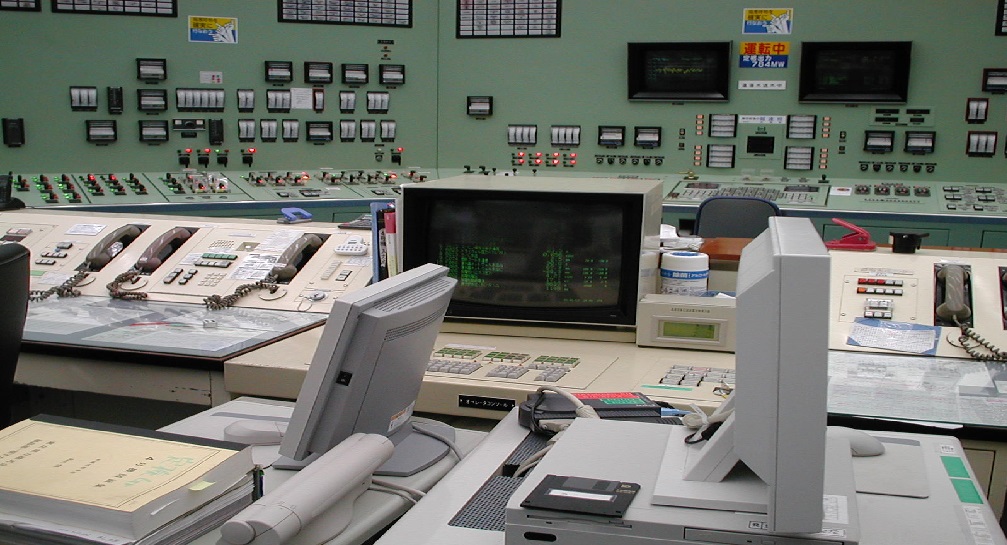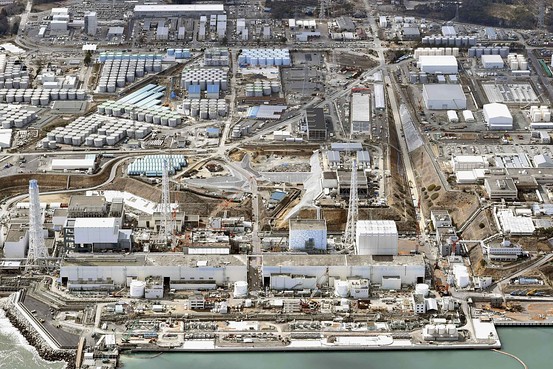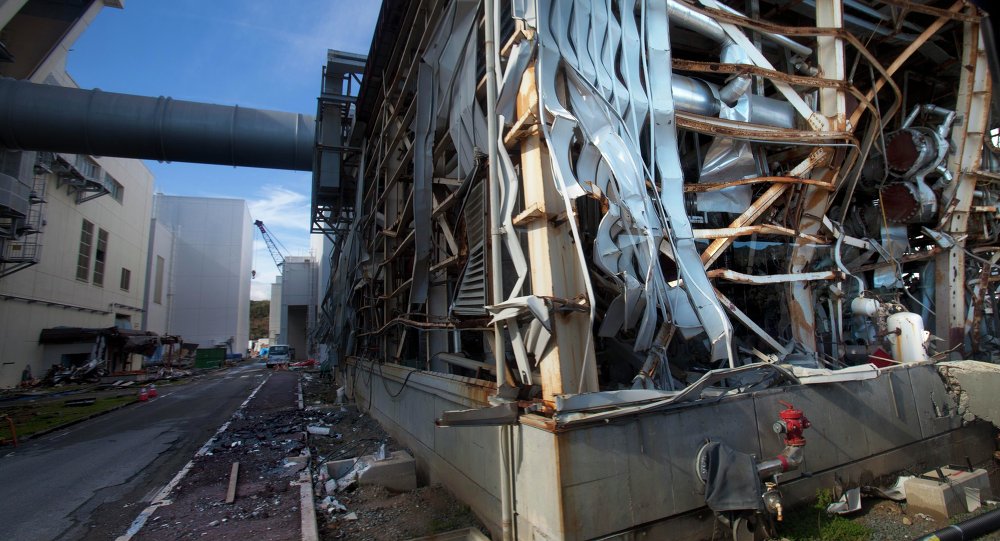Severe Tropical Storm Nangka brought strong winds and heavy rains as it made landfall over western Japan on July 16, 2015. Approximately 360,000 people in nearby towns were advised to evacuate and seek shelter. To make matters worse, the heavy rain from the tropical storm caused a drainage channel at the Fukushima power plant to overflow with radioactive water and spill into the sea.
The Fukushima Daiichi power plant can’t get a break. It was struck by a tsunami in March 2011, which caused three nuclear reactors to melt and unleash hundreds of tons of radioactive material into the ocean. The radioactive water from the drainage channel contributes even more waste to the Pacific Ocean.
Water is constantly being pumped into the reactors in order to keep the melted fuel cool. The contaminated water has been leaking into both the ocean and groundwater for over four years.
Tepco in a catch-22
The Tokyo Electric Company (TEPCO), the company in charge of the Fukushima plant, is in a catch-22 in regard to how they should store the contaminated water. Fishermen do not want them to dump the contaminated water into the ocean, which is contaminating marine life. On the other hand, if TEPCO lets the water evaporate, it will condense into rain and contaminate the ocean anyway. Because of this, the company has constructed hundreds of tanks to store the contaminated water. Even TEPCO admits, however, that they are running out of space to store all the water.
Once again, TEPCO was unable to prevent radioactive water from contaminating the sea. The overflow was discovered around 8:40 AM on Thursday, the day that Nangka made landfall. TEPCO tested rainwater samples from the leak two hours after it was discovered. According to a report from NHK WORLD News in Japan, which has since been edited to censor information, the results showed that the rainwater had 830 becquerels per liter of radioactive cesium, which is above government safety levels.
At 5:00 PM, the drainage channel was still overflowing. TEPCO officials report that they are unable to take care of the leak any time soon, since they are busy monitoring the density of radioactive materials. Officials believe that heavy rain has washed radioactive mud and soil away from the plant.
Meanwhile, Japan’s Meteorological Agency warns that the country can expect more rainfall, flooding, mud slides and tidal waves. Approximately 217 flights were cancelled Thursday, and 126 flights cancelled on Friday. Traffic has been severely disrupted in Japan too.
Fukushima poses threat to Tokyo’s water supply
Some of the expressways in Tokyo have been closed due to heavy rains. Fukushima is a mere 140 miles north of Tokyo. Many residents have expressed concern that the activities going on at Fukushima may effect Tokyo.
Tokyo is one of the most densely populated cities in the world, containing approximately 13 million people.
The aquifer beneath the Daiichi plant is connected to other aquifers, including one that is a source of drinking water in Tokyo. The plume of radiation beneath the plant has the potential to contaminate public water supplies, including Tokyo’s.
This isn’t the first time Tokyo has experienced a public water scare. After the tsunami in 2011, the Fukushima disaster caused Tokyo’s tap water to exceed safety levels for infants. The radiation levels were 210 becquerels of iodine-131 per liter of water, which is twice the recommended limit for infants. Despite these concerns, the Japanese government insisted that the radiation in tap water did not pose a threat to public health.
When it rains at the Fukushima power plant, it pours in more ways than one. The overflow from the drainage channel is another challenge among many to face the Fukushima site.
Sources include:
